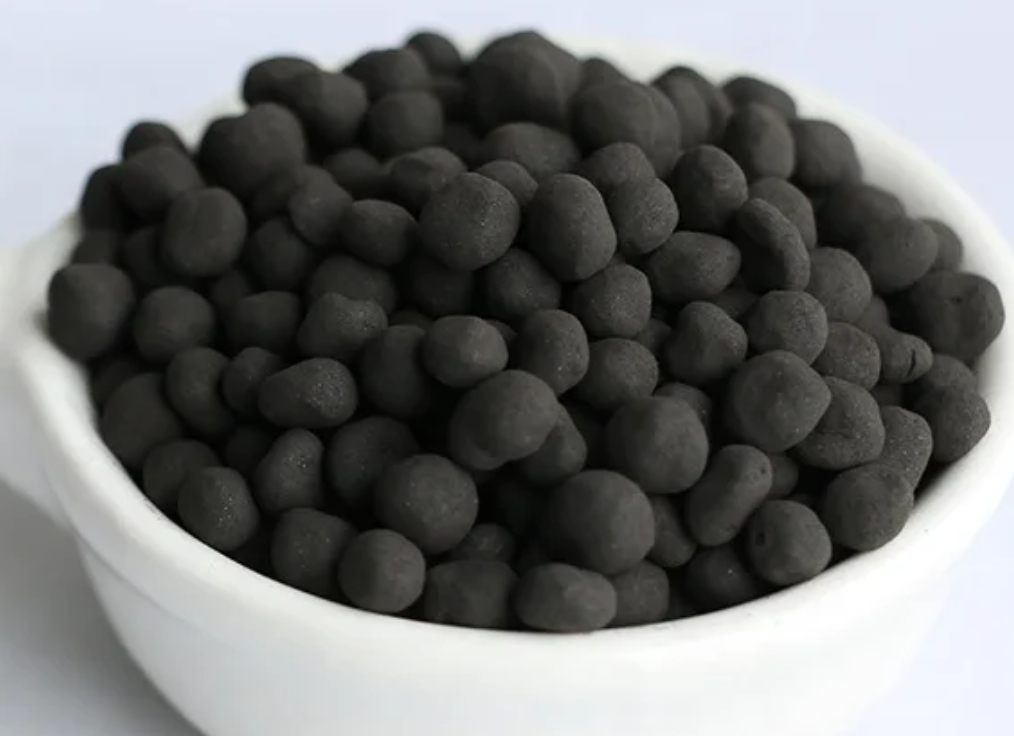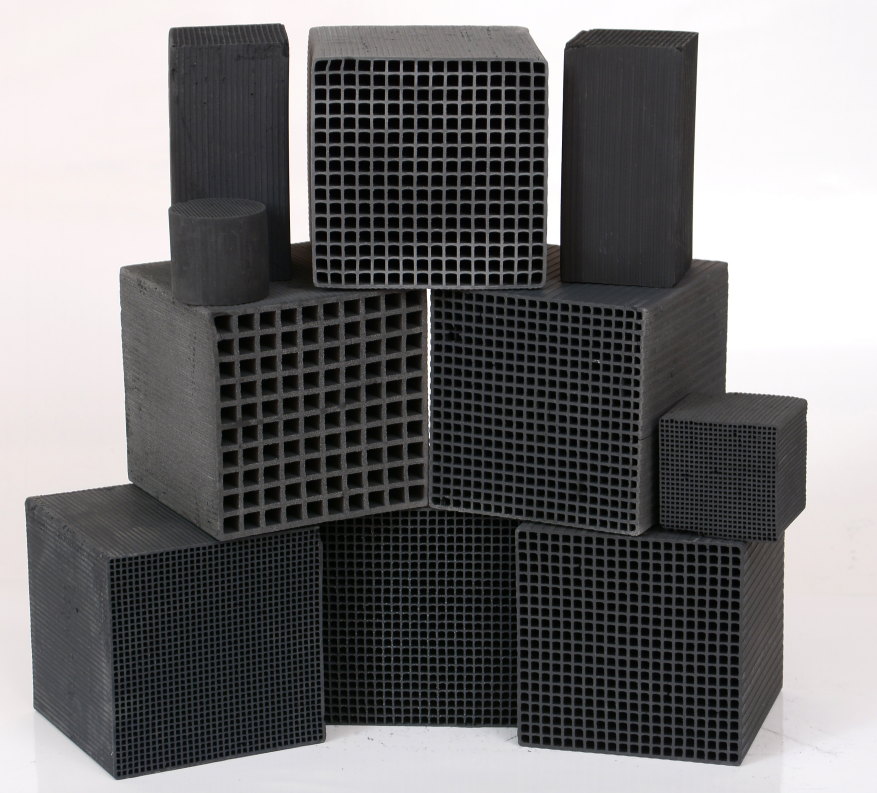Special manufactured type of activated carbon
Both production methods and activation processes, as well as the raw materials used for production, have a significant influence on the desired properties of activated carbon: its adsorption capacity in the respective fields of application.
SPECIAL MANUFACTURING TYPES OF ACTIVATED CARBON
Both production methods and activation processes, as well as the raw materials used for production, have a significant influence on the desired properties of activated carbon: its adsorption capacity in the respective fields of application.
In addition to the usual product forms such as extruded, granulated and powdered activated carbon, activated carbon is offered in these special forms:
ï¬spherical activated carbons or “spherical carbon”.
ï¬activated carbon fibers (ACF) or fiber mats,
ï¬Crusher Machine
1. SPHERICAL ACTIVATED CARBONS
Spherical activated carbons are characterized by their extremely high abrasion resistance and small grain size (grain size: 0.5 – 0.8 mm). They consist of more than 80 percent micropores. Spherical activated carbons are used in particular in thin-layer filters embedded in polymer foam matrices (e.g. in the automotive sector for cleaning cabin air). Activated carbon spheres can be fixed to carrier materials in a point-like manner, so that almost the entire outer surface remains active for substance exchange.
Further advantages:
ï¬good flowability
ï¬easy handling, e.g. for dosing
ï¬dust-free
ï¬high hardness
ï¬lower fluid resistance in bulk than with GAC or extruded carbon.
Since spherical carbon is still produced by multi-stage and very complex processes, its production is relatively cost-intensive. The higher price often still stands in the way of widespread use, although there are many applications for which it would actually be ideal because of its excellent properties. Thus, only special areas of application remain, such as in panel filters for protective suits against chemical hazardous substances.

2.ACTIVATED CARBON FIBERS (ACF) OR FIBER MATS
Activated Carbon Fiber (ACF) are highly efficient form of activated carbon. With their large specific surface area, large pore volume and high proportion of micropores (diameter 1 – 2 nm), ACF are highly demanded products. Thanks to their significantly greater capacity and adsorption speed, activated carbon fibers show an advantage over granular activated carbon.
Activated carbon fibers have excellent physical properties:
ï¬high heat resistance
ï¬high resistance to acids or alkalis
ï¬high (tensile) strength. Depending on the raw material
With these properties, activated carbon fibers are used especially in air purification, odor treatment and solvent recovery, and water treatment.
3.HONEYCOMBS
Honeycombs are ceramic molded objects. Finely ground activated carbon particles are integrated here in a honeycomb or customized ceramic structure (binder). This makes them highly and completely accessible to impurities at the molecular level. As a result, they offer the largest possible and freely accessible reaction surface for various applications in adsorptive gas purification. These include indoor air purification or the treatment of kitchen exhaust gases and air conditioning systems.
Honeycombs have special advantages in various applications, in particular due to
ï¬low flow resistance
ï¬high adsorption efficiency
ï¬very good mechanical strength
ï¬dust-free
ï¬temperature stable
ï¬fire and chemical resistant
ï¬thermally regenerable
In addition, honeycombs are also suitable as carriers for catalysts and impregnations. Because they are thermally regenerable, they are also considered a new category of environmentally friendly activated carbon products.
